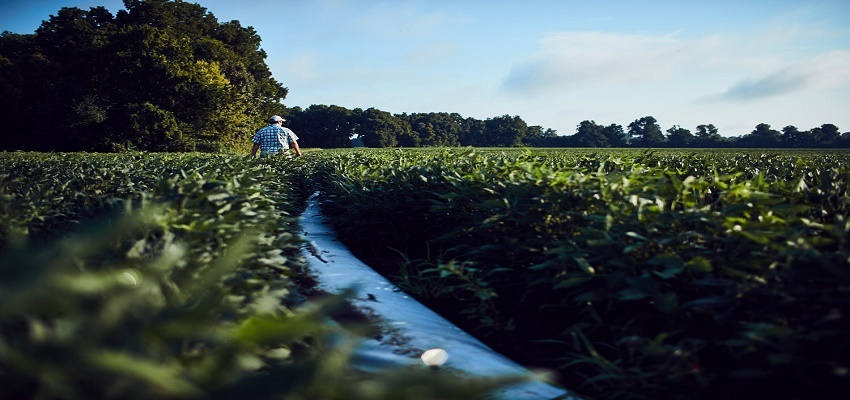Beat the Heat

When drought challenges U.S. soybean farmers, preserving soil moisture can be hard.
But Rob Myers, adjunct associate professor of plant sciences at the University of Missouri, shared these five management techniques that could help alleviate the effects of drought conditions.
Consider cool-season crops. Adding winter wheat or other cool-seasons to rotations breaks up disease and insect cycles as well as boosts soybean yields. Also, since cool-season crops are planted in the fall, when moisture is more plentiful, and harvested in June before the worst of a drought typically takes place, they avoid the late summer when drought conditions typically peak.
Think yield stability. Rather than concentrating solely on a single high yielding soybean variety, even one marketed as drought resistant, farmers should consider planting beans from multiple maturity groups that yield well in a variety of environments
Stagger planting dates. Planting crops early will avoid the late summer when soil is usually driest during a drought. On the flip side, having a portion of the soybean acreage planted a little later was helpful last year for areas that got late rain from Hurricane Isaac, allowing those soybeans to get some additional growth and yield better than the beans that matured earlier. Diversifying planting dates is always a good strategy to deal with unpredictable weather.
Give your soil a blanket. Practicing no-till leaves a blanket of leaf and stalk residue on top of the soil, keeping it cool and locking in moisture. Tilling itself removes moisture from soil, which is especially bad during a drought year.
Organic matter. Combining cover crops and manure can increase soil’s organic matter, which can help soil retain moisture. A no-till system also helps increase the organic matter content in soil.



